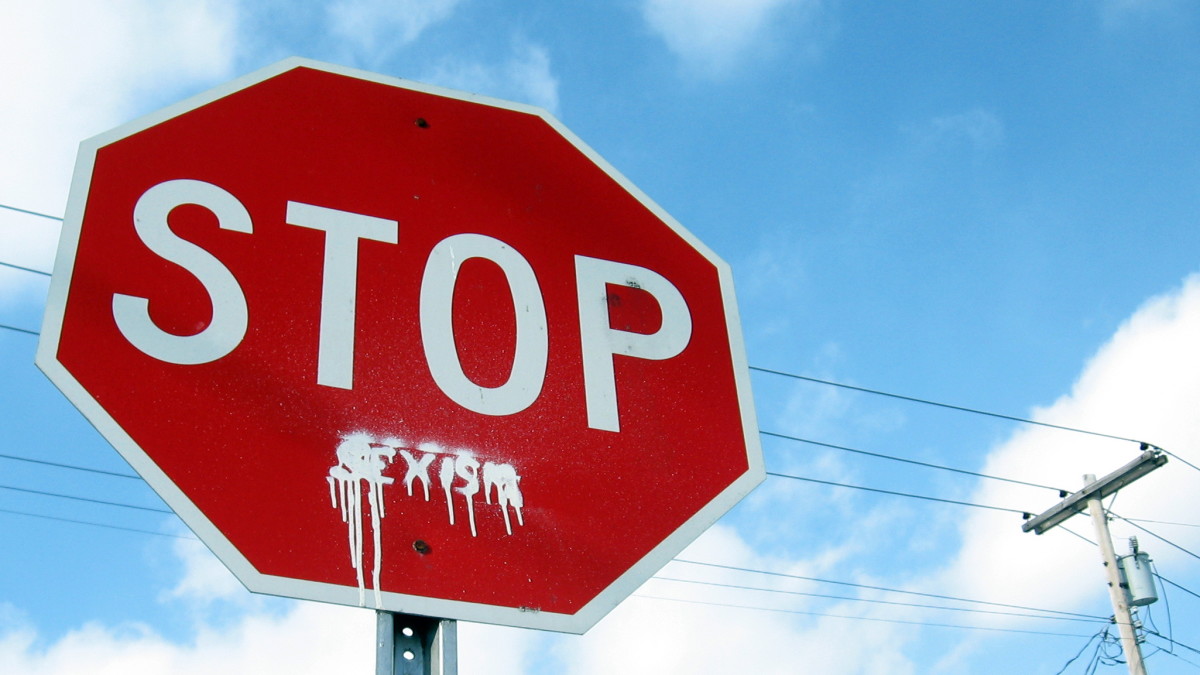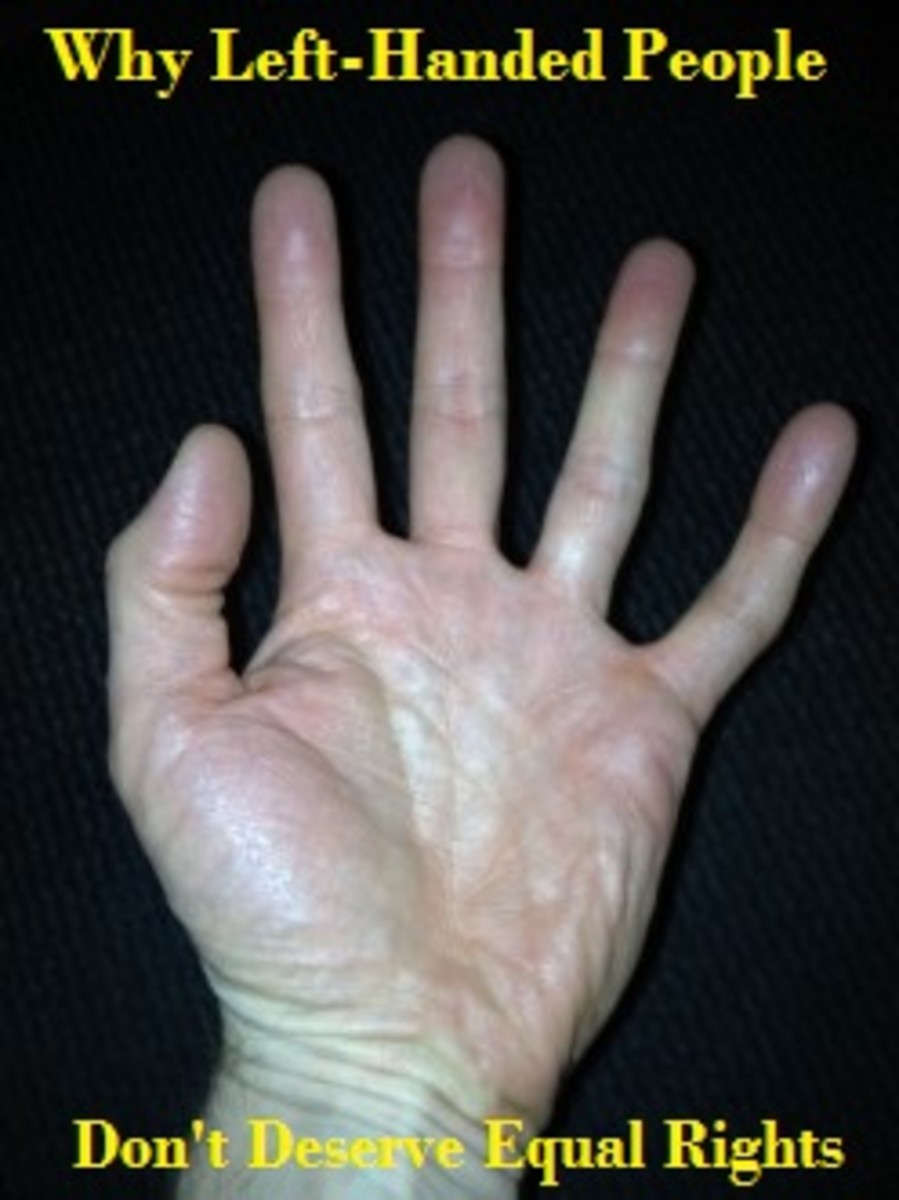Trigger Warnings And Why You Should Use Them

By Zera
TW: discussion of triggers and being triggered, non-specific discussion of fictional incest, mention of racial slurs, mention of drug use, discussion of phobias, discussion of emotional abuse, physical abuse and rape, mention of eating disorders and chronic nausea, mention of institutionalization and eugenics, mention of cockroaches.
{Image: Red text reading "TW", the acronym for trigger warnings, on a white background.}*
*If you're wondering what this is or why it's here, check out our other hub, Image Descriptions And How To Write Them.
Introduction: What Is A Trigger Warning?
I think I'll start off by defining what a trigger warning is not. It's not superfluous, it's not a hassle, and it's not just a thing for 'weirdos' (whatever someone might mean by that term). A trigger warning can be the companion to the summary of an article or work of fiction, or stand on its own. It helps the reader identify what possibly upsetting things will be in the text or beyond the link, and to decide if they want to read it or click through. While it serves this function, though, its main purpose is not to prevent mild discomfort. Its main purpose is to help people who have triggers (things that give them panic attacks, flashbacks, or seizures in the case of flashing images) avoid them.
The trigger warning, usually abbreviated to TW, should go under the title and above the media (be it text or image or imbedded video) it describes, as I did for this article. The exception is if the title itself could be triggering; for example, if it includes a racial slur of some kind. For those cases, the TW should go above the title and make particular reference to it.
For something that is one part in a series, there should be a general trigger warning for the entire set, with focus on elements that either repeat throughout the work or have at least one scene of particular emphasis. Then there should be more specific trigger warnings for each section.
Here is a list of commonly warned for things: (warning: the trypophobia link is NOT safe, according to a submission from a person with trypophobia. The Privilege101 blog mod has been having difficulties editing their content, which is why it hasn't been fixed) Privilege101 Common Trigger Warnings.
I'll add that the mod has also stated their intention to add institutionalization and eugenics to the list when they solve their editing problems. Additionally, due to the prevalence of eating disorders and conditions involving chronic nausea, images of food and detailed descriptions of food should also be warned for.
It's also worth noting that the usual way to warn for slurs is to identify their category (ex: racism) and first letter (ex: n-word/n-slur) instead of writing out the triggering word in your trigger warning. Finally, some people have specific triggers that are not on that list. If someone contacts you about a specific trigger they have, the proper response is to thank them for the information and add the trigger warning in the appropriate places. No matter how harmless or obscure you think it is, the fact remains that anything can be a trigger. More on this in the social justice section of this article.
Now, some of you are thinking, this is a great idea! And yes, yes it is.
Others of you are thinking, well, how many people have this extreme a reaction to things? The answer to that is lots, actually. More on that later in this article.
Some of you are probably concerned about spoilers. How can the revelation of your main characters' true parentage come as a surprise if they're romantically involved and you trigger warned at the beginning for incest? There are quite a few ways to pull this off, and I'll discuss them in the note regarding potential spoilers below.
So, now that we've defined what a trigger warning is, I'll outline the commercial and social justice reasons for doing them.
Commercial Reasons
I'm starting with the commercial ones for two reasons. Firstly, the impact points of an article are its beginning and its end. It cannot be denied that, while they have other advantages, the core purpose of trigger warnings is to help people with triggers. So discussion of who they are and why it's important to accommodate them is at the end. Secondly, for those individuals who have already started to write this off as political correctness gone wrong, I wanted to get straight into the commercial benefits. It doesn't matter to me why someone trigger warns; what matters is that they do it.
So, without further ado, the principle commercial reasons to trigger warn.
To Aid In Figuring Out Target Demographic
Sometimes, when you're writing something or drawing an image or otherwise creating, you get lost in the general feel of it. The whole thing comes together in one wave. But very few things are really that simple. You may have written an adventure novel, but there's still that scene where the villain implies that he'll rape the heroine. Or a light suburbia short story where one character makes a minor joke about smoking weed. Maybe you painted a huge work of art, and by the time you got to the end you'd almost forgotten that bloody scene in the corner.
Trigger warnings are detail oriented. They mean going through your work carefully and picking out all the bits that might hurt people (again, there's a list of common triggers in the link above) and writing them down. It'll help you define the dark side of your work. This is important. Happy, fluffy works are (hopefully) fine for everyone. Works that, however occasionally, dip into more detail about violence or sex or pain are generally not. In listing everything that could trigger someone, you're also working out who your story might appeal to and who it would be inappropriate for (as an example, small children should probably not watch the SAW series).
To Advertise
Here's the thing about triggers: they're individual. What triggers you might not trigger me, and vice versa. And some things that trigger me might interest you. Some people are triggered by descriptions of gore; others gobble every serial killer novel or case study they can get their hands on, the more details and images the better. Your trigger warning is not just a warning: it's an advertisement.
It's a win-win situation that keeps down the negative reviews: people who won't like it stay away, and people who will like it can identify that it's to their tastes. On the internet, trigger warnings can also serve as keywords, enabling even more people who like what's in your work to find it through search engines.
A Note Regarding Potential Spoilers
One concern I've run across concerning trigger warnings is spoilers. If a work has suspense or a twist ending, a creator might feel that they'll ruin it for everyone by trigger warning for it. There are a few things to keep in mind about this.
For starters, trigger warnings must be specific enough to describe what they're warning for but vague enough not to be triggering themselves. This can be worked to your advantage. To go back to our previous example, if your twist is that an already-established couple will be revealed to be siblings and thus incestuous, the trigger warning will still just be 'incest.' So if there are other characters in the story who are openly related to each other from page one (so a pair of characters introduced as siblings), the reader will likely be expecting that the incest involves them. People tend to go for the more obvious solutions. Your twist is safe.
But what if there is no good way to muddy the waters- your story dictates that no one else is related or in a romantic situation (since the other way would be to have confusion as to who will be revealed to be related)? In this case, you have three options.
The first option is to trigger warn, and accept that, while there won't be as much suspense, your work is less likely to trigger someone.
Another option is to not trigger warn for that aspect of the story. If you do this, however, you have to add a Reader Beware disclaimer. Essentially, you have to be open about the fact that there is something that you know to be triggering to people that you have chosen not to warn for. Keep in mind that this will lose you readers who wouldn't have a problem with the incest but are afraid that it might be their trigger that you're not warning for.
The third option is to include the warning but add a note beforehand stating that it contains spoilers. This enables people to decide for themselves if they have a trigger they want to know about no matter what or if they would rather risk the twist.
The final option is only viable if there is a communication channel between writer and reader and if the writer intends to be continuously available. If both of these things are true, then the writer include a Reader Beware disclaimer but invite readers to send them messages, comments or reviews asking if the unwarned for topic is their trigger, or simply stating that they don't care about the twist and would like to be warned. The writer can then send back a note confirming if the unwarned for topic is the reader's trigger or not.
Now on to the social justice reasons for trigger warnings.
Social Justice Reasons
As I've written above, the commercial reasons for including trigger warnings are nice, but they're ultimately side benefits. The true purpose of trigger warning is to create a safer, happier world for people with triggers.
Some of you might be wondering: who has triggers? Why would something like a word, or a concept, so upset someone that they can't just close the book and think about something else?
And others of you are thinking: I wish it were that simple.
I've broken down those with triggers into three main categories.
People Who Experience Seizures
Some triggers are about physical rather than emotional upset. Flashing images should always be warned for because they can provoke life-threatening seizures. For an example of this happening on a large scale, go check out this wiki article: Denno Senshi Porygon. In brief, an episode of Pokémon containing rapid flashes was aired in Japan and caused several hospitalizations. This demonstrates how important warning for flashing images is to making the internet safe for everyone.
People With Phobias
Phobias are fears that don't have rhyme or reason. Intellectually, I know that a cockroach can't hurt me. This does not prevent me from flipping out, crying, and screaming when I see one. While there has been research and theories as to how to lessen or remove phobias, it's not easy and it's not something everyone has access to. The trigger warnings list I linked to above includes common phobias.
While most phobias are more heavily triggered by images (I can read about cockroaches just fine), it is certainly possible for a phobia to be triggered by text.
On an additional note, homophobia and transphobia don't actually mean what you probably think they mean. Check out Bigotry is not a Mental Illness and DA's Homophobia Rant. If you are intending to trigger warn for bigotry against Gender/Sexuality Minorities (GSM), you should refer to it as heterosexism (bigotry against non-heterosexual individuals) or cissexism (bigotry against non-cis and/or trans* individuals).
Abuse Survivors
To my knowledge, abuse survivors are the ones who make up the majority of those who need trigger warnings. Some statistics to explain this:
-
There are 3.3 million annual reports of child abuse in the United States alone, involving 6 million children. Source: Childhelp.
-
1 in 6 women and 1 in 33 men have experienced an attempted or completed rape. Source: Rainn.
-
74% of Americans know someone who has been a victim of domestic violence. Source: Domestic Violence Resource Center.
With this kind of prevalence, it's obvious why trigger warnings have become such a part of net etiquette (often referred to as netiquette). No one wants to be reminded of their rape, the time they were thrown down a flight of stairs, or their guardian's systematic stripping of their sense of worth. Many survivors of abuse have Post-Traumatic Stress Disorder (PTSD) and reminders of the abuse can cause distress, insomnia, impulses towards self-harm, flashbacks, or other unpleasant effects. It can last a few moments, most of a day, or weeks if the trigger is strong enough.
Conclusion
Trigger warnings should be an essential part of all media. They function as guides and advertisements, and they help prevent physical and emotional distress. I use trigger warnings because I want all of my work to be accessible and enjoyable. If you want the same things, then trigger warnings are for you.
If there's anything I've forgotten or something you think I should add, just leave a comment and I'll try to accommodate you.



